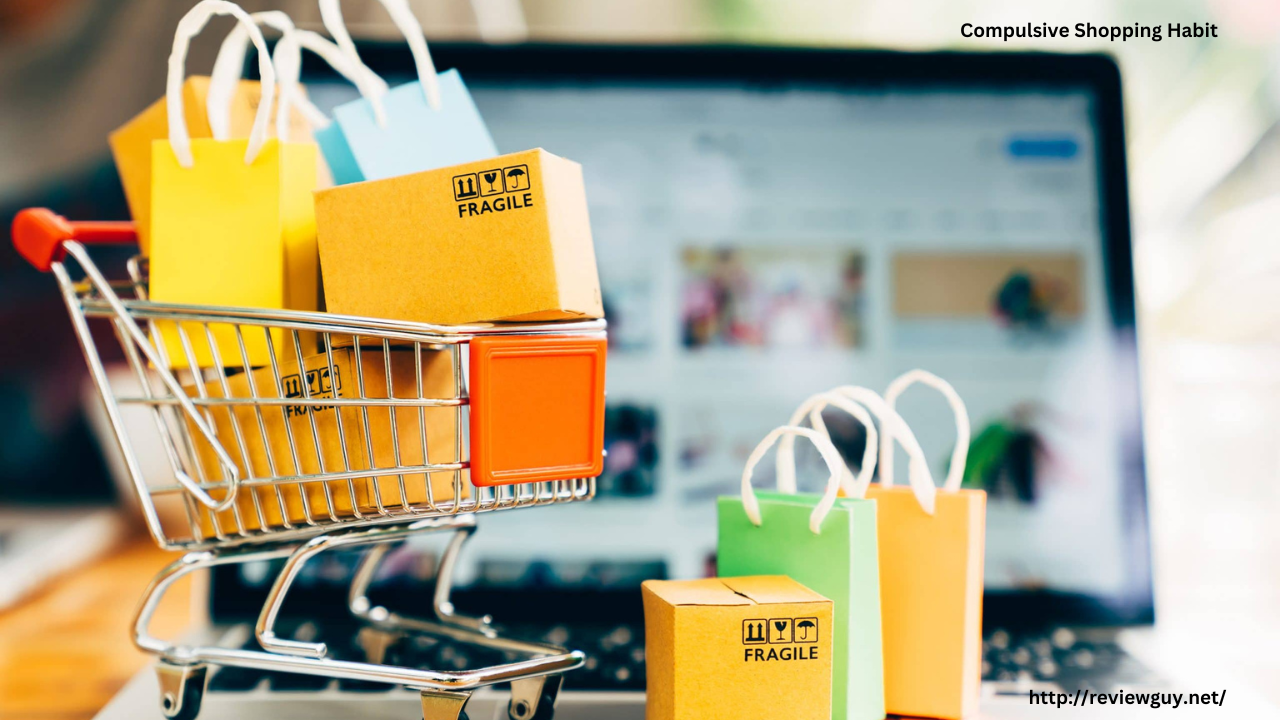Online shopping is often seen as a harmless way to unwind—many people refer to it as “retail therapy.” A new outfit, a trendy gadget, or even a random household item can provide a quick mood boost. But when does retail therapy cross the line into a real problem? If shopping becomes excessive, uncontrollable, or financially harmful, it could be a sign of online shopping addiction. Understanding the difference between occasional indulgence and compulsive buying can help you take steps toward a healthier relationship with spending.
Understanding Online Shopping Addiction
Shopping addiction, also known as compulsive buying disorder (CBD), is characterized by an uncontrollable urge to shop, often driven by emotions rather than necessity. It can be fueled by stress, anxiety, boredom, or the desire for instant gratification. The excitement of buying releases dopamine, the brain’s feel-good chemical, reinforcing the behavior and making it difficult to stop.
Online shopping makes this even more challenging by offering 24/7 access, targeted advertising, and one-click purchasing. Unlike traditional shopping, online shopping allows for secrecy, making it easier to hide spending habits from others.
Signs You May Have an Online Shopping Problem
While enjoying an occasional shopping spree is normal, these signs may indicate a deeper issue:
- Shopping to cope with emotions – Using shopping as an escape from stress, loneliness, or sadness.
- Buying things you don’t need or can’t afford – Constantly making unnecessary purchases or racking up debt.
- Feeling guilty or regretful after shopping – Experiencing post-purchase remorse but continuing the cycle.
- Hiding purchases from loved ones – Being secretive about shopping habits or lying about spending.
- Struggling to stop despite negative consequences – Finding it difficult to cut back, even when it leads to financial strain or emotional distress.
If you recognize these patterns in your behavior, it might be time to take action.
Managing Online Shopping Addiction
1. Identify Your Triggers
What emotions or situations lead to shopping sprees? Are you bored, stressed, or trying to fill a void? Keeping a journal can help identify patterns so you can find healthier coping mechanisms.
2. Set a Budget and Stick to It
Establish a strict spending limit and track every purchase. Using cash-based digital payment methods, such as prepaid cards, can prevent overspending.
3. Remove Shopping Temptations
Unsubscribe from marketing emails, unfollow brands on social media, and disable app notifications. The less exposure you have to sales and promotions, the less likely you are to make impulsive purchases.
4. Implement a Waiting Period
Before buying anything, enforce a 24- to 48-hour waiting period. This helps you evaluate whether you truly need the item or if it’s just an impulsive desire.
5. Seek Support
Talk to a friend, family member, or financial advisor about your struggles. If online shopping is causing significant distress, consider seeking help from a therapist who specializes in behavioral addictions.
Final Thoughts
Retail therapy can be fun and even beneficial in moderation, but when shopping becomes compulsive and harmful, it’s time to reassess your habits. Recognizing the problem is the first step toward change. With mindful strategies and support, you can regain control and develop a healthier relationship with spending.
